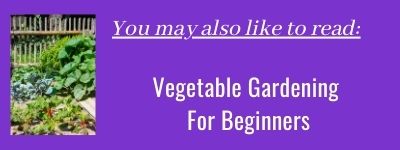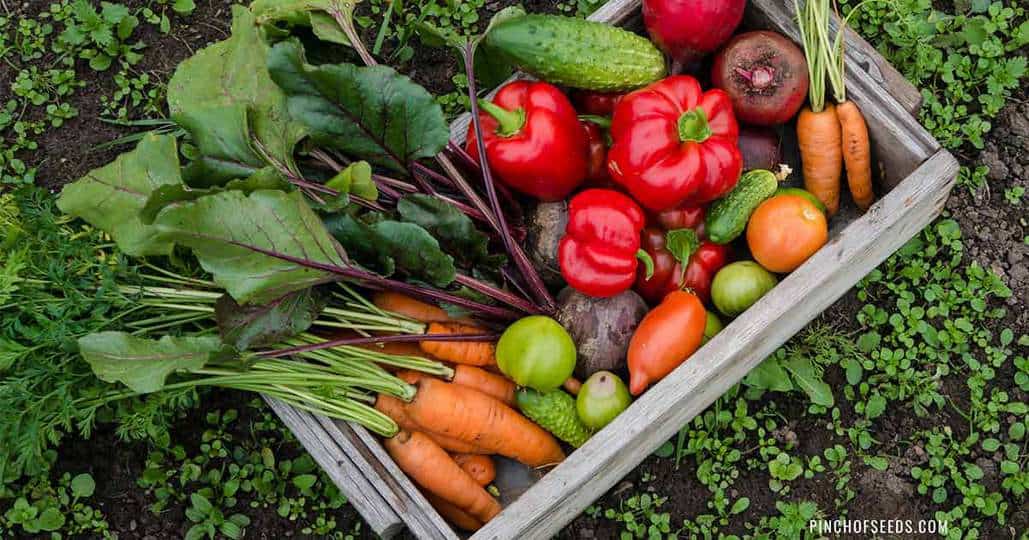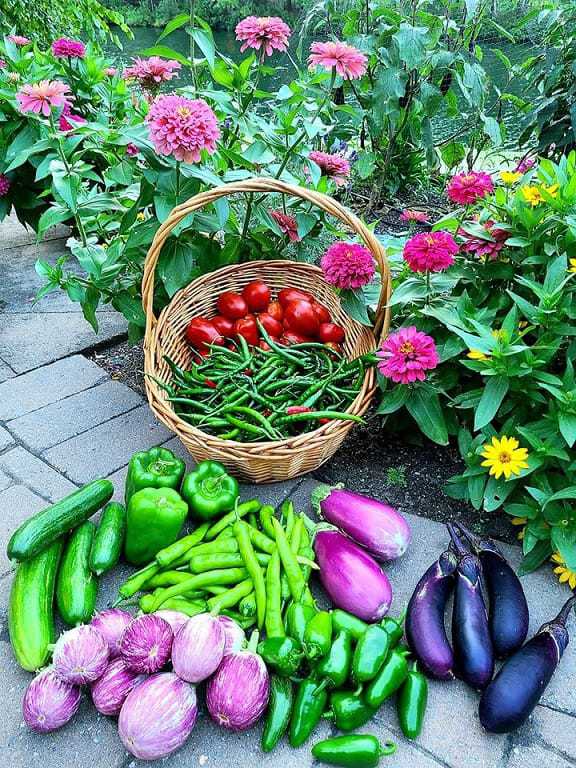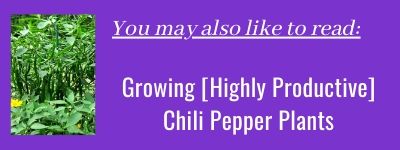

If you are a vegetable gardener like me, you are more than likely to have many vegetables growing in your garden. How do you keep track of when to fertilize each types of vegetable? Should all vegetables be fertilized the same way at the same time? If you wonder what’s the best fertilizer for garden, you may find a list of generic 5-10-10 or 5-5-5 fertilizers. Those are good fertilizers for garden overall, but are those fertilizers really best for each vegetable you are growing? Where can you find vegetable fertilizer requirements for each individual vegetable variety?
Here is a handy reference chart to look up the recommended fertilization schedule for the most commonly grown home vegetables by seasons. You can print it out before each season and note down the dates of each fertilizer application for future reference.
Bookmark this page for frequent referencing.
The most frequently asked questions in any vegetable gardener group are: what is the best vegetable garden fertilizer and how to use it. But even more important question should be WHEN to fertilize each vegetable.
This article answers all three questions:
Before we jump to the above topics, let’s first understand what a fertilizer is and how it is different from soil amendments.
Just like humans need Protein, Fat, and Carbohydrates for energy and survival, plants need Nitrogen (N), Phosphorus (P), and Potassium (K) for growth and fruit production. Out of 17 required nutrients for the plant’s survival, these three macro-nutrients are the most important ones.
Nitrogen (N): Nitrogen is responsible for the leaf and stem growth of a plant. It helps the plant produce new cells, enzymes, and green pigments of the leaves.
Phosphorus (P): Phosphorus is crucial in the photosynthesis process – a process by which plant converts solar energy into consumable chemical energy. It also helps in root growth and flower production.
Potassium (K): Potassium is essential for the plant’s overall health and immunity. It also helps in flower and fruit production.
The N-P-K number on the fertilizer package represents the percentage of each of this macro-nutrient is in the bag. For example, the N-P-K value of 2-6-3 means the package’s total weight contains ingredients that make up for 2% Nitrogen, 6% Phosphorus, and 3% Potassium.
No amount of fertilizer can beat the value of having a nutrient-rich, well-drained soil in the first place.
The native soil needs to be improved with a few other things to make it more fertile and suitable for vegetable plants. These additives increase the amount of organic matter in the soil and add many micro-nutrients for the plants. These micro-nutrients are like multi-vitamins for the plants. They help boost the health and immunity of the plant and increase the sugar content of the fruits.
Some of the soil amendments highly recommended for the vegetable garden are:
Composted Cow manure: It adds a large amount of organic matter to the soil and increases the soil’s moisture-holding capacity.
Earthworm castings: Earthworm castings is loaded with organic matter and adds tons of micro-organisms to the soil. It is one of the best natural vegetable fertilizer. It helps the plants in flower production and boosts the immunity to fight diseases. Here is a list of 10 benefits of worm castings for your garden.
Rock dust: Rock dust adds micronutrients like Magnesium, Iron, Calcium, etc. which are essential for healthy plants. It also improves soil structure.
Bone Meal: Bone Meal is an organic soil amendment that provides a high amount of Phosphorus (P), which is required to produce strong roots. It is highly beneficial for root vegetables like Beets and Carrots. Bone meal also provides Calcium and other micronutrients.

So you may wonder, if the garden soil is amended with the organic matter, do you still have to fertilizer the vegetable plants?
Yes! Vegetable plants, especially the summer vegetables, need a consistent supply of nutrients to grow and produce harvest over the entire season. Even the soil that is amended with the organic matter at the beginning of the season starts to diminish when the vegetable plants begin to bloom and produce fruits. At that time, the soil needs additional doses of macro-nutrients in the form of fertilizer to continue supporting the plant’s growth and production.

Do you know what is so special about the above picture of my typical summer harvest (twice a week)? This entire harvest came from only 1 plant of each vegetable variety (except thin Chilies in the basket- which came from 2 plants).
The secrets of these highly fruitful plants are (i) investment in building high quality soil, and (ii) the timely fertilization application based on individual plant requirements.
Have you found yourself standing in front of the fertilizer aisle of a home improvement store and wonder which is the best fertilizer for your vegetable garden? Each brand and variety has a different configuration of N-P-K value. Which fertilizer is right for the type of vegetables you are growing in your garden?
Well, there is no particular fertilizer that is suitable for all vegetables. Based on the growth stage of the plant, the nutrient requirement of the plant changes. For example, Tomato plant benefits form all-purpose fertilizer at the beginning stage when it is growing leaves as well as growing deeper roots. But once the flower starts to form on the plant, it needs high Phosphorus (P) fertilizer to encourages more fruits to form on the plant.
I recommend starting with three types of fertilizers for vegetables. In combination, they can be used for most of the vegetables in the garden. Two of the fertilizers are in granular form, which slowly breaks down over time and releases the nutrient over the long term. The third one is a liquid fertilizer, which provides an immediate boost for the plants when applied.
Pick one of the All-Purpose fertilizers, one of the high Phosphorus (P) fertilizers and one of the Liquid or water soluble fertilizers of you choice to fertilize all vegetables in your garden during different growing stages.
This fertilizer has the same amount of Nitrogen (N), phosphorus (P), and Potassium (K) in the package. N-P-K number on the bag may look like 4-4-4, 10-10-10 or 20-20-20. All-purpose fertilizer helps the plant in overall growth – grow taller in size, develop deeper roots, and encourage to produce flowers and fruits. I recommend using 5-5-5 fertilizer for vegetables at the planting time.

Deciding when to apply fertilizers to vegetable plants are sometimes more critical than the fertilizer choice itself. In general, most of the vegetable plants benefit from a fertilizer application at the time of the transplanting or soon after when the plant is few inches tall. Depending upon the vegetable type, it may need upfront soil amendments or supplemental fertilizer applications later in the season to perform optimally.
Before deciding when and how to fertilize the vegetable plants, general familiarity with the types of vegetables and how they grow is highly recommended.
The fertilizer schedule is divided into two parts: One for the cool-season vegetables and the other for the warm-season vegetables. Buy one of the All-purpose fertilizers, one of the high (P) fertilizers, and one of the liquid fertilizers.

Different vegetable plants require a different type of nutrient during various stages of the growth cycle. It is essential to understand when and how to fertilize each vegetable plant.
Providing the right nutrients at the right time is the key to having a productive and healthy vegetable garden- which can be the envy of your neighborhood!
If you find the information helpful, please share this article using social media buttons below the article.
If you have any questions regarding fertilizing vegetable plants or any other vegetable gardening matter, leave a comment below or connect with me on Pinch of seeds group on Facebook. You can ask questions, give feedback, post a picture for photo consultation, and interact with other gardeners.
If you find this information helpful, don’t keep it to yourself! Share the link to this article on your Facebook page or gardening group. Your fellow gardeners will thank you for it!
Last updated: 03/25/2021
Share this with your friends: